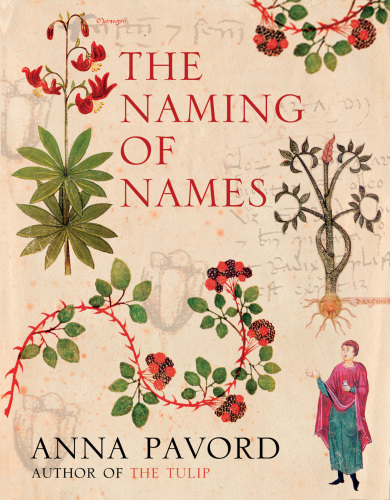
The Naming of Names
The Search for Order in the World of Plants
- اطلاعات
- نقد و بررسی
- دیدگاه کاربران
نقد و بررسی

November 28, 2005
Pavord, author of the The Tulip and an expert gardener, traces the history of plant taxonomy from the ancient Greeks to 17th-century British botanist John Ray in this hefty tome, and though her passion for plants is apparent on every page, readers who don't share the same level of enthusiasm will be frustrated by Pavord's encyclopedic approach. Pavord, in prose as rich and colorful as the too-infrequent illustrations, contextualizes plant classification within larger intellectual, political and cultural spheres, but she verges dangerously close to writing a textbook; the vast amount of information she packs into brief, rapid-fire sections can overwhelm. In the best sections, she slows down to draw detailed portraits of researchers and describe how each contributed to the slowly evolving (and, until the late 1600's, unnamed) science of botany. Ray, for instance, marked "a quiet, lonely, dogged consummation" with "no fireworks, no claps of thunder, no swelling symphonic themes" when, shortly before his death and suffering from gangrene, he penned the six fundamental rules of botany. Pavord's prose dazzles, but it's not enough to carry readers with a casual interest in plants or gardening through an otherwise dense history.

December 1, 2005
With this book, British author Pavord ("The Tulip") quashes any notion that the history of plant taxonomy is a dull pursuit. Her story covers 2000 years of the search for order in the plant world, beginning in third-century B.C.E. Greece with Aristotle's great pupil Theophrastus and ending in late 17th-century England with the man who coined the word "botany", John Ray. Her crisp prose is complemented by lavish, full-color illustrations (though strangely lacking is a portrait of one of the author's heroes, the aforementioned Theophrastus). The Renaissance developments are especially fascinating: the spectacular refinement of plant illustration in herbals, the establishment of botanical gardens, and the flood of new plant discoveries that came with the advent of world navigation. Pavord demonstrates convincingly how, from about the 15th century on, plants came to be an object of interest for their intrinsic value, not just for their medicinal, nutritive, or ritual purposes. There is much here for readers of all sorts, making this book a solid choice for large public collections. It is also highly recommended for special and academic collections, though professional botanists may wince at the short shrift given French botanist Joseph Pitton de Tournefort and Swedish taxonomist Carl Linnaeus." -Robert Eagan, Windsor P.L., Ont."
Copyright 2005 Library Journal, LLC Used with permission.




دیدگاه کاربران